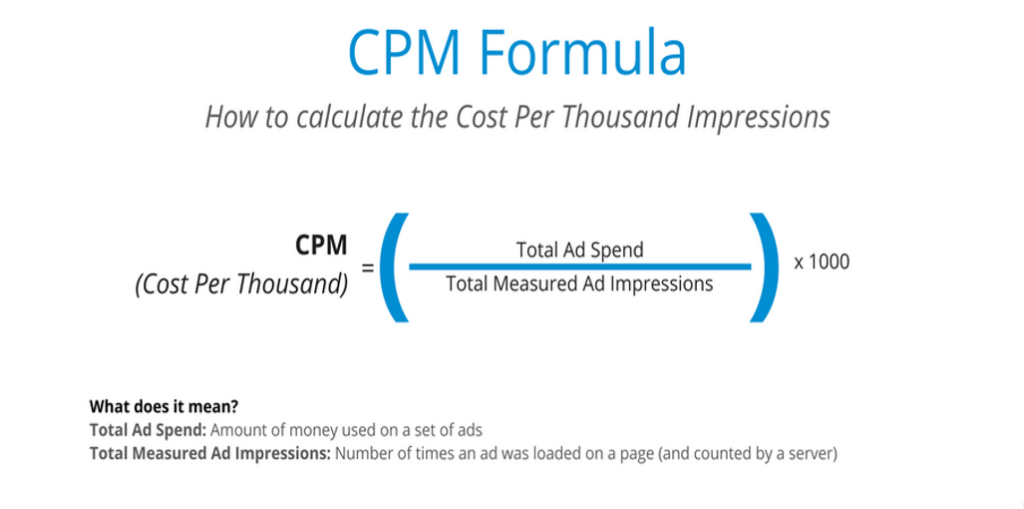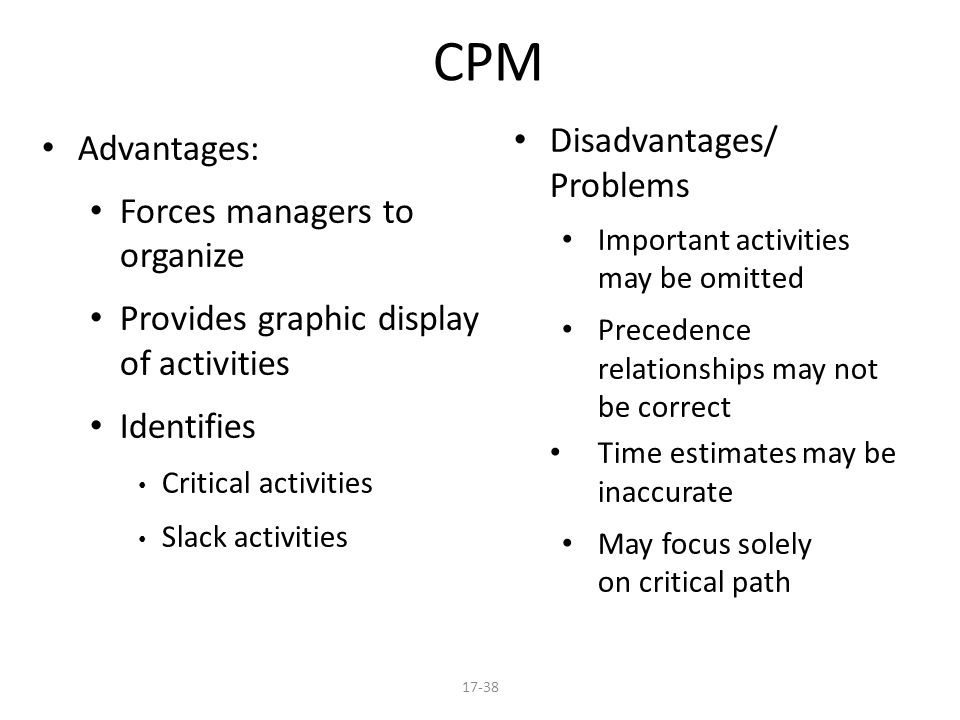Post map
ToggleIf you are implementing and managing online advertising campaigns, CPM is the metric you need to track to determine the effectiveness of your campaign. What does CPM stand for in advertising? In today’s article, Optimal FB the answer to this question and the most effective CPM optimization methods. Follow now!
What does CPM mean in advertising?
It’s an acronym for Cost Per Mille, meaning cost per 1000 ad impressions. This is one of the popular forms of online advertising fees. The cost that businesses need to pay will be calculated based on the bid that the advertiser is willing to pay for each 1,000 ad impressions and choose the specific ad location to appear.
If CPC, the advertiser is only charged for each time a user clicks on the ad. As for CPM, the fee is calculated based on the number of ad impressions. Each time an ad is displayed on the user’s screen, it will be counted as a view or impression.
This metric is used to measure cost per 1000 impressions. This form of advertising fees is used for goals related to increasing brand recognition of the business.
Calculating advertising CPM is quite simple: take the total amount spent on the advertising campaign, divide it by the number of impressions, and multiply by 1,000. CPM is often used for advertising systems such as Facebook Ads, YouTube ads, Google Display,…
Even though these are metrics that advertisers need to track because they help measure the effectiveness of advertising campaigns. However, campaign effectiveness is not only based on the number of ad impressions but also the clicks of the target audience.

Advantages and disadvantages of CPM
After getting the answer to the question: “What does CPM stand for in advertising?”. You already know that CPM is the most used method of calculating advertising fees for online advertising today. This form of charging will have its advantages and disadvantages, and advertisers need to consider the type of campaign and financial resources of the business to decide whether to choose to use this type of unit or not:
Advantages
CPM is simple and easy to understand compared to other forms of advertising fees. CPM calculation is simple, and users can do it manually. In addition, users can also read and understand CPM data quickly.
This is a form of advertising fee that is easy to use and brings quick results with cost advantages. In particular, this type of advertising fee is very suitable for businesses that are new to the market and are building their brand in the minds of customers.
For businesses that already have brand coverage and significant traffic, advertising costs based on impressions will save more money.
Advertisers can choose the appropriate ad display location with the content to achieve the highest efficiency in attracting target audiences with CPM.
Disadvantages
Besides the advantages, CPM has a few limitations as follows:
Because advertising is charged per impression, the effectiveness of advertising is not high due to very low conversion rates and profits.
If ads only appear on the display network but do not attract viewers’ attention, it will be a waste of budget.
Many large businesses use this type of advertising to raise awareness among customers. Therefore, they are willing to spend a large amount of money to display ads in the most attention-grabbing locations. Therefore, advertisers with smaller bids will have a harder time competing for ad positions.

Factors Affecting Advertising CPM
Once you have understood what CPM means in advertising, let’s explore the factors that influence the calculation of CPM. CPM can vary depending on the specific case, and no specific value to indicate the best CPM. Here are the factors that affect CPM calculation:
Advertising platform
Each advertising platform will have different CPM rates, so this is also a factor that affects the CPM calculation. Take the time to research and choose the network to place your ads to reduce CPM and achieve the best results.
Campaign objectives
For each different campaign, the advertising system will optimize ad distribution in different ways and have different CPM rates. Typically, advertising campaigns with objectives such as reach or brand awareness will have lower CPM than campaigns with sales or target customer acquisition goals. Therefore, determine the campaign objectives to apply the appropriate bidding strategy and avoid waste.
Target audience
If the ads do not attract users, they will not interact, leading to higher CPM. Therefore, accurately selecting the target audience helps you create relevant and engaging ad content to increase CTR and reduce CPM.
Advertising timing
This factor affects the calculation of CPM. During special occasions or holidays, brands tend to intensify advertising activities. Every business wants to appear in front of their target customers. At that time, advertising will be highly competitive as businesses bid higher prices to be displayed. This leads to higher CPM. Therefore, if a business only needs to maintain its brand image, it can reduce advertising costs during peak periods. For businesses that need to promote their image quickly, they can increase their advertising budget to compete.
Advertising content
This is the most important factor that determines whether the ads attract the target audience or not. If the ads have useful content or provide a good user experience, the CPM will be good. On the other hand, if the content is evaluated as violating policies, the CPM will increase. Displaying low-quality ads will lead to a decrease in the number of users on that platform.
Viewer feedback
The algorithms of advertising platforms rely on this factor to assess whether the ads truly match the target audience and determine how to calculate CPM. If the target audience responds positively to the ads, it indicates that the ads are attractive, and the click-through rate may increase while the CPM decreases. Negative feedback, on the other hand, indicates that the ads are not appealing to the target audience, resulting in a higher CPM.
Ad frequency
Having ads appear frequently also increases CPM. Therefore, depending on the advertising objectives, businesses need to estimate the appropriate ad display frequency. If the goal is to increase brand awareness, the ad frequency can be increased. However, it is important to avoid having ads appear too frequently in a day as it may be seen as spam. For sales purposes, businesses should consider a reasonable ad frequency.
Ad placement
This is a factor that affects the calculation of advertising fees based on CPM. Each ad placement will have different advertising prices. This is determined by the level of brand recognition in the eyes of the target audience. Placing ads at the top of a website or near the center will result in a relatively high CPM. However, desirable ad placements will attract many businesses, leading to strong competition.
The secret to optimizing CPM ineffective advertising
To improve the effectiveness of advertising campaigns and reduce CPM costs, you should save the following secrets to achieve the best results for the highest profit:
You need to clearly define the advertising goals if want to have an effective advertising campaign.
Expand advertising platforms to achieve desired business goals. If you want to run effective advertising, you need to research and analyze each advertising platform carefully to choose the platform that suits each need.
If you want to optimize the CPM index, you need to create interesting, engaging, and relevant content for the target audience to improve the effectiveness of the advertising campaign.
Research and analyze the target audience that the advertising is targeting to display products and services to the right target customers.
On the other hand, you should take the time to research the times when your target audience accesses advertising platforms the most. From there, choose the appropriate display time to reach the most target audience to reduce CPM.
Conduct A/B testing on advertising campaigns to determine which ad version will be most effective and increase the budget to optimize the CPM index.
You have the answer to the question: “What does CPM stand for in advertising?”. Hopefully, this information will help you successfully implement advertising campaigns and achieve the best results.
Contact Info
Information about “What does CPM stand for in advertising?” hopes to provide you with additional necessary knowledge. At optimal FB, there is a team of highly qualified and experienced staff and experts who will provide facebook business account setup as well as support when you run Facebook ads. Contact us via phone number: +84 564 104 104.
Frequently Asked Questions
Depending on the advertising network, industry, type of advertising, and location of the ad display, the average CPM of an advertising campaign will vary. In premium positions, CPM can be more expensive and will range from 15 to 45 USD per 1000 ad impressions. Typically, advertisers may need to spend between 5 to 10 USD per 1000 ad impressions. The estimated average CPM is 7.5 USD per 1000 impressions.
If the CPM is below 2 dollars, it will save costs and be effective for online advertising campaigns. However, if your goal is to drive conversions with the lowest cost per conversion, you should not focus solely on the CPM.


